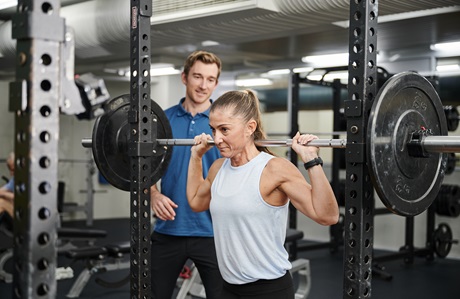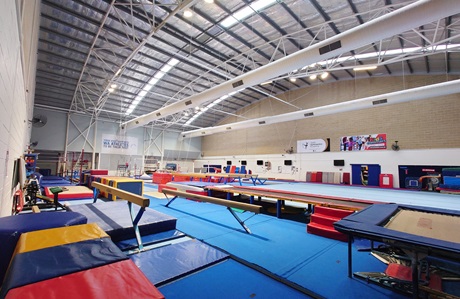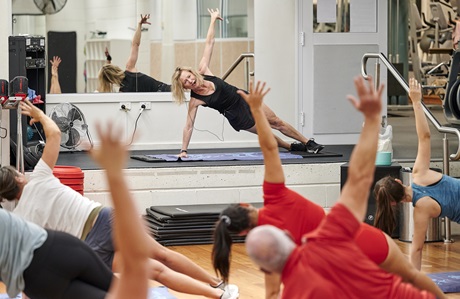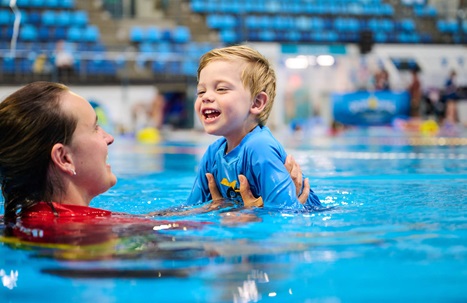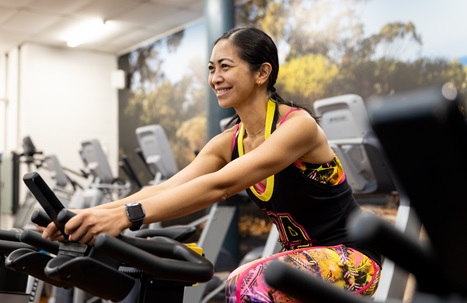Top 6 reasons why you should try pilates
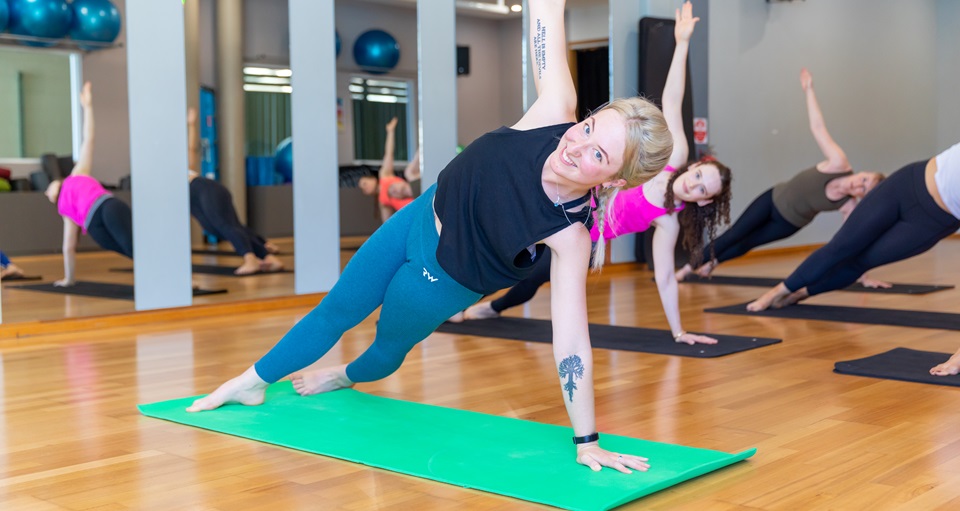
Pilates includes a range of stretching and breathing exercises that were developed by German trainer Joseph Pilates more than 100 years ago. It has become an increasingly popular form of exercise for all ages and ability levels.
If you’re wondering what Pilates is good for and why it has stood the test of time, read on to find out all about the short and long-term health benefits.
1. It can provide physical health benefits
Doing Pilates regularly can provide you with physical health benefits, including improving your:
- core strength
- flexibility
- balance.
Your core is the group of muscles around your abdomen and pelvis. Any exercise that requires you to coordinate your pelvis, abdomen, lower back, hips and buttocks counts as a core exercise. Core exercises can help you to strengthen and tone your abdominal muscles. Pilates requires you to do a lot of core exercises.
If your core muscles are weak, you’re more susceptible to poor posture, lower back pain and muscle injuries. Pilates helps you to lengthen and stretch major muscle groups to improve your overall flexibility and joint mobility. Because it focuses on strengthening your core, it can also help you to improve your overall posture and balance.
2. It can provide mental health benefits
Pilates can also provide you with mental health benefits, including helping you to unite your mind, body and spirit.
It requires concentration and focus, because Pilates movements are very precise. It also encourages a rhythmic breathing pattern, helping you to de-stress in the short-term and improving your long-term lung capacity if you do it regularly. These breathing patterns also help you to transition from one exercise to the next, increasing the connection between your mind and body as you work out.
3. It is low impact
Although Pilates can provide physical and health benefits even for elite athletes, it’s important to understand that it’s also a low-impact form of exercise. This means it places less pressure on your joints. It also makes it very inclusive, especially if you:
- are recovering from injury
- are pregnant (Pilates can help you develop your all-important pelvic floor muscles)
- haven’t exercised in a while
- have limited mobility
- are older
Pilates is generally safe for rehabilitation from injury because it focuses on muscular balance rather than their high-impact use. In fact, Joseph Pilates introduced his exercise routine to America to help injured athletes and dancers to exercise and maintain their fitness.
However, you should always check with your health professional before starting any exercise program if you have any medical condition or you haven’t exercised for a while.
4. Programs can be tailored to suit your requirements
There are two basic forms of Pilates:
- Mat-based
- Equipment-based.
Mat-based programs consist of floor exercises using gravity and your own body weight to improve your muscular strength and resistance, as well as your posture, balance and coordination. All you need is a mat and the knowledge of what exercises to do and you’re ready to go!
Equipment-based programs can include dumbbells and small pieces of gym equipment to provide additional resistance for your muscles.
Pilates classes usually run for 45 minutes to an hour. During that time, you do a series of continuous Pilates exercises one after the other. These can be beginner or advanced exercises, depending on your level of Pilates experience.
Pilates has some similarities with yoga, however it tends to be more focused on doing ground exercises and it involves more movement and ‘reps’ (repetitions) than yoga does. Yoga on the other hand involves more static and standing poses. Both Pilates and yoga can lengthen and strengthen your body if done regularly and properly.
5. You can get strong without adding bulk
Pilates uses a technique called ‘eccentric contraction’, which lengthens your muscle while contracting it. This helps you to strengthen and tone your muscles, without adding unnecessary bulk.
6. It complements aerobic exercise
Pilates is non-aerobic, so you won’t sweat while you’re doing it even though you’ll be working your muscles. It makes a great complement to aerobic activities like cardio classes (where you do work up a sweat).
How we can help
At HBF Stadium in Mount Claremont, we conduct a range of group Pilates classes to strengthen both your body and your mind, including Matwork and BodyBALANCETM (a combination of yoga, Tai Chi and Pilates). We also have a great range of cardio classes to get your heart rate going.
Contact us today to enjoy all the benefits of Pilates!


